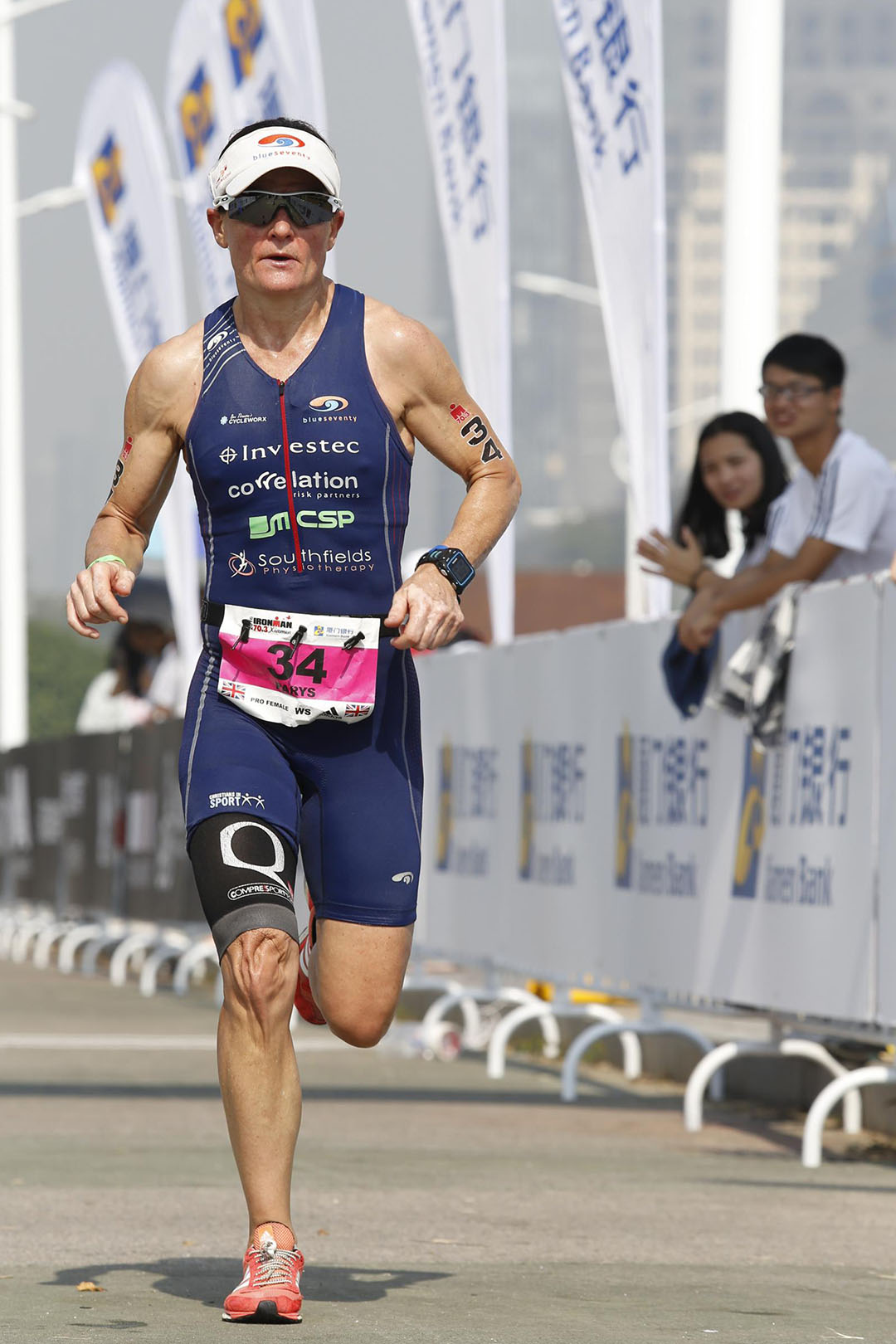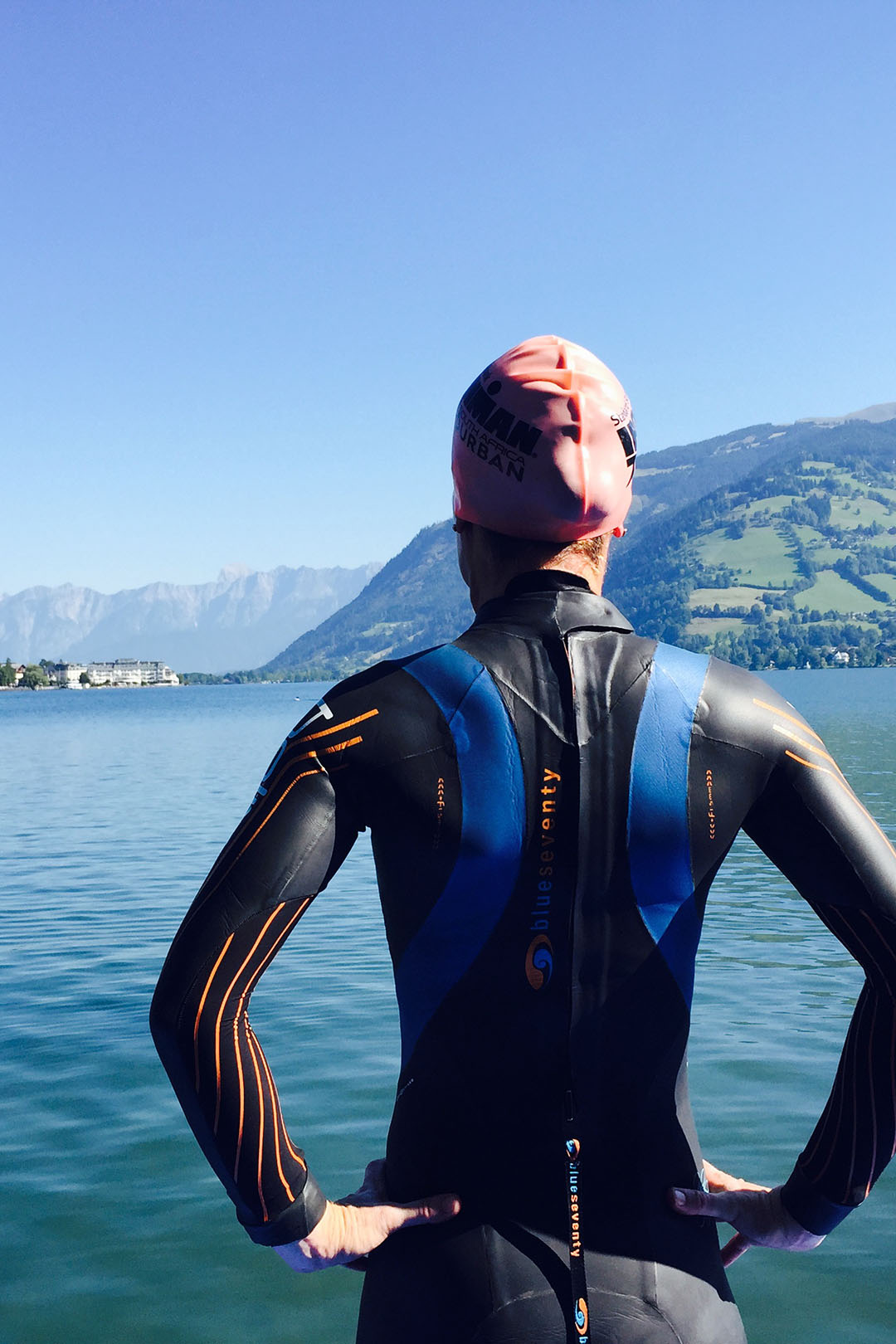

Why is Swimming unique?
For a start, there are no ground reaction forces but instead the resistance of the water to propel through. Hence the body works in an entirely different way to many other sports.
From a young age, swimmers commit to a high volume of training. This on its own carries a risk.
Finally, the nature of this sport means making thousands of repetitive strokes each session. The cumulative effect of this means swimmers are prone to pain due to micro-trauma (small repetitive trauma). This can be accelerated by hyper or hypo-mobility (swimmers tend to be hyper-mobile), poor core or scapula control, or inadequate technique.

Swimming injuries
The most common issue reported by swimmers is not surprisingly shoulder pain, followed by knee and lower back pain.
Most of the shoulder and knee-related injures are sustained in the water.
Swimmers are encouraged to do strength work to prevent injuries and help them get faster, yet land-based training is responsible for many injuries, including the majority of back pain.
How does screening help?
By screening the athlete for flexibility, strength, and control issues that most commonly result in swimming injuries, we can highlight areas of concern to prevent injuries before they happen or identify why a swimmer struggles with recurrent injuries.
The screening is used to devise a land-based program specifically for each swimmer and will reduce ongoing niggles or recurrent pain.
However, the most beneficial effect of the program will be to improve those all-important swim splits by facilitating better technique and promoting consistent training through lack of missed sessions from injury.